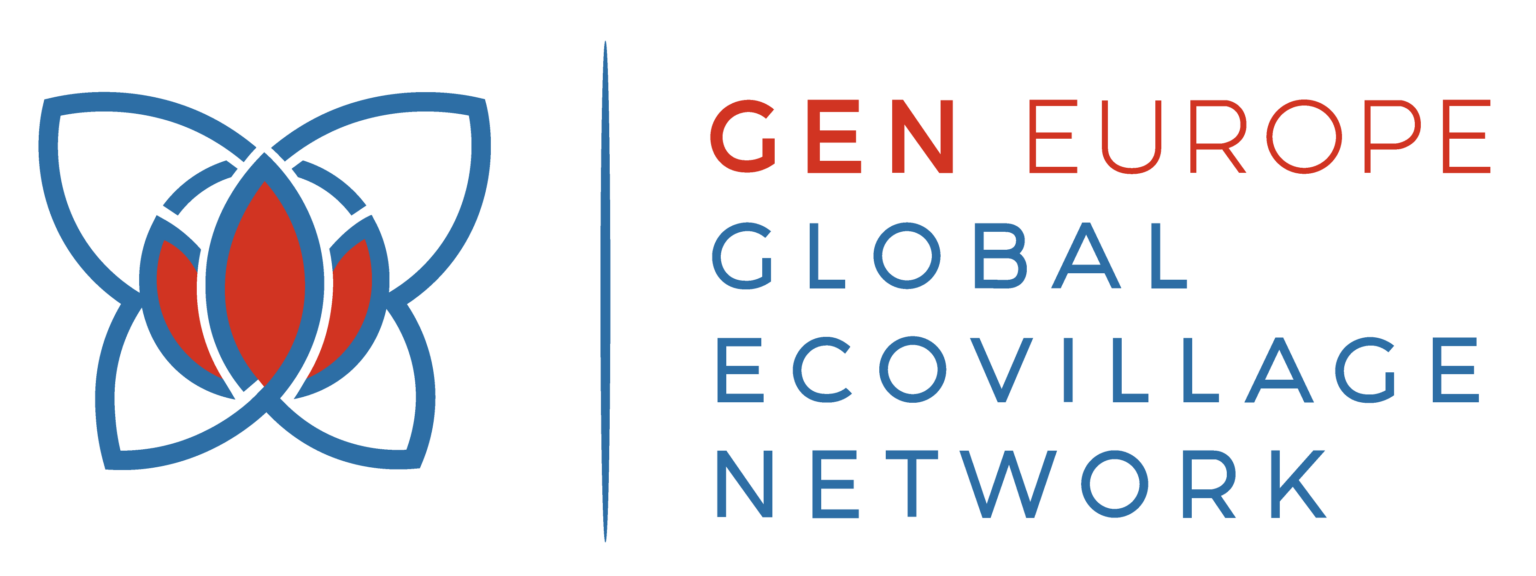Our eleventh Journey: What Makes a Resilient Ecovillage?

What allows some ecovillages to not only survive but truly thrive over decades, while others struggle to stay together? Through interviews with members of long-existing communities across Europe (you can access them in your members area under this link), we’ve gathered insights into what helps build true resilience, the ability to stay rooted through challenge, adapt with wisdom and grow in alignment with shared values.
This journey of resilience begins long before the first garden is planted or the first home is built.
A Strong Foundation: Vision, Structure & Social Architecture
Many experienced community members stress one crucial point: take your time at the beginning. Before rushing into buying land or building homes, invest deeply in clarifying your vision, mission, and values. The stronger and more aligned your foundation, the smoother your path will be.
This also includes designing clear structures for decision-making and communication. Social architecture — meaning how people interact, take decisions, and resolve conflict — is just as vital as physical infrastructure. Communities that thrive are those that spend time exploring questions like: What is our main goal? How do we want to live together? What happens when conflict arises?
Rooted in a Common Vision, but with Flexibility
Interestingly, resilience doesn’t mean rigidity. Our interviews revealed that resilient communities are flexible. They understand that no blueprint can perfectly predict the future, and that what matters is the ability to adapt without losing direction. Whether it’s responding to changing member needs, legal shifts, or internal tensions, those who build lightly and are willing to evolve tend to last longer.
This includes keeping infrastructure adaptable, avoiding overloads of bureaucracy, and regularly revisiting the alignment between personal visions and the community vision.
Shared Purpose in day-to-day Life
What binds people together over the long haul? Often, it’s more than shared tasks — it’s a shared sense of purpose. Many long-standing communities view themselves not just as places to live, but as examples of regenerative living for the wider world. This sense of being part of something bigger helps members weather tough moments and stay motivated.
For many, a shared spiritual practice — not necessarily religious, but grounding, reflective, and collective — helps deepen this connection and strengthens group coherence.

Learning from Others
Community members with years of experience consistently advise young people to travel, visit communities, and get educated before jumping in. Courses like the Ecovillage Design Education (EDE) offer invaluable insight and support.
It’s also important to explore diverse communities, even those that feel far from one’s own ideals. Exposure builds perspective, helps refine your own vision, and expands your toolkit for future decision-making.
Growth Through Conflict
Contrary to the idealistic image of harmonious village life, conflict is normal — and necessary. In fact, many communities point to major internal challenges as defining moments that forced them to grow stronger. Board members leaving, difficult conversations, or broken agreements were painful, but often catalyzed positive restructuring.
The key? Facing conflict with openness, leaning into the experience of elders, and maintaining trust in the process. And taking use of Community Building Tools that enhance connection instead of separation.
Ambition and External Relations
It may seem paradoxical, but one member explicitly highlighted in the interview that if your community has high ambitions — bold visions for sustainability, education, or governance — it often succeeds more easily than those that aim small. High ambitions attract high-quality partnerships and motivate members to act with purpose.
Resilient communities also cultivate strong relationships with regional authorities and external partners. Being connected to local government and seeking win-win solutions strengthens long-term stability. When communities act not just for themselves but in service to the wider region, they often gain support — even funding and legal protection.
True Relationships
Finally, what nearly every long-term community shares is this: relationships come first. Time and again, people say: Money is not the problem — connection is. When the group is strong, when trust is high and the vision is clear, the rest tends to fall into place.
Celebrate often, create moments of joy, and stay light-hearted even during heavy work. A sense of play, creativity, and human warmth may just be the most underrated resilience tool of all.
▶️ Dive deeper into the wisdom of long-existing communities and watch the recordings of our member interviews here!

